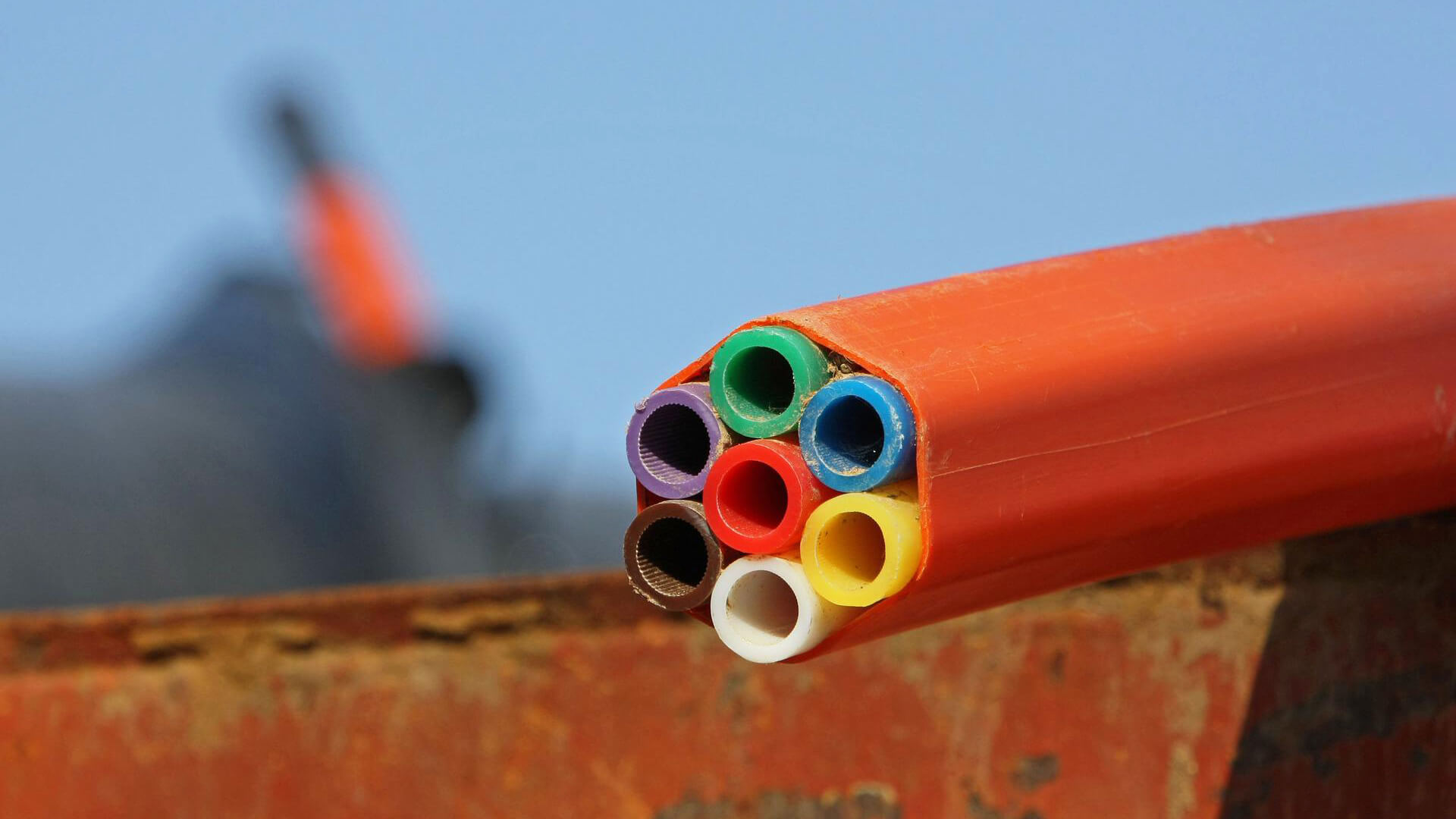Fiberglass conduits are becoming more popular in the construction industry with many engineers trying to understand why this is so. Fiberglass is used to make couplings, fittings, connectors, and conduits that run above or below the ground. In this article, we will take a look at why fiberglass conduits are the better option and why they have become so popular in recent years.
Stability
In the past, all cables were run underground to avoid damage by accidents, UV rays, and weather elements. This was costly and you would have to dig up these cables and conduits if you wanted to service or replace them. Fiberglass conduits, connectors, and couplings are very stable because they are not affected by UV rays and are not susceptible to corrosion through rusting or by acid and other chemicals.
Better for the Environment
The corrosion resistance and UV stability of fiberglass conduits mean they are the best for the environment. These conduits do not leak halogens like PVC does and thus do not have an impact on the local environment. Keep in mind that the manufacture of PVC also uses organotins, phthalates, cadmium, and lead, all of which can leak into the environment as PVC decomposes.
Cost
The other material we can compare to fiberglass conduit is PVC. PVC is quite fragile which makes it harder to handle while its weight makes it much costlier to transport. The weight means the transport company has to use more fuel for the same volume of conduits, which explains the higher cost. Also, fiberglass conduit is much cheaper than PVC which, combined with how chemically stable it is, makes it the more economical and safer conduit system above ground for all your construction needs.
It Improves the Durability of Electrical Wiring
When electrical wiring is left exposed, there is always the risk of it getting exposed to water and corrosion. The damage both of these causes can lead to short circuits, which are one of the leading causes of fire. Additionally, exposed electrical wires can be damaged due to exposure to saline which leads to the same disastrous outcomes.
The National Electrical Code (NEC) provides strict regulations and standards on the properties of the materials used for conduits. One of these standards is that the conduit has to withstand damage caused by environmental factors. Fiberglass conduit is developed to meet and exceed these standards.
Friction and Heat Resistance
Friction causes heat when two things run against each other. When running wires or cables through a conduit, they can rub against the inside of the conduit creating heat. This creates burn through where the walls of the conduit burn potential exposing the wires inside.
Fiberglass can withstand burn through better than both PVC and metal, meaning wires can be pulled through it faster, leading to faster project completion and lower labor costs.
If you have been wondering why fiberglass conduit has become so popular, these reasons explain why. Their longevity, lower cost, and diminished effect on the environment make them an optimal choice for all construction projects.

































